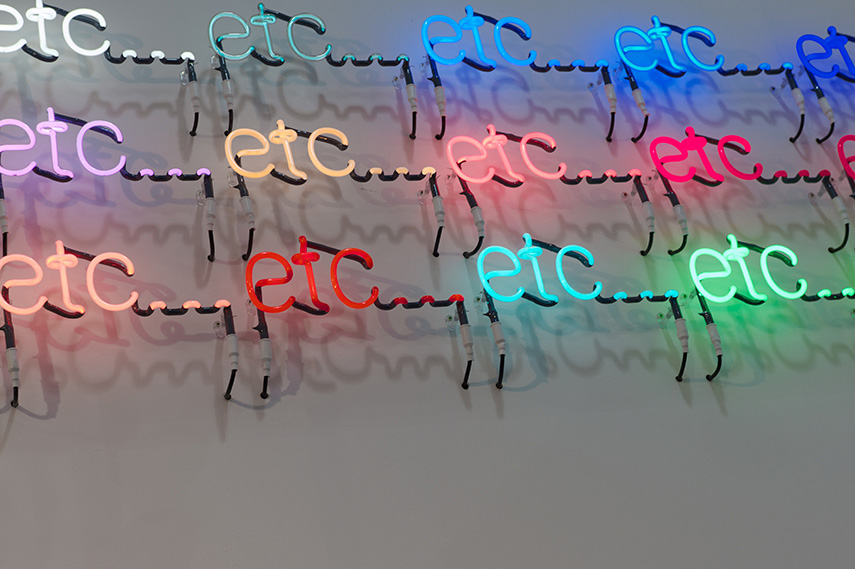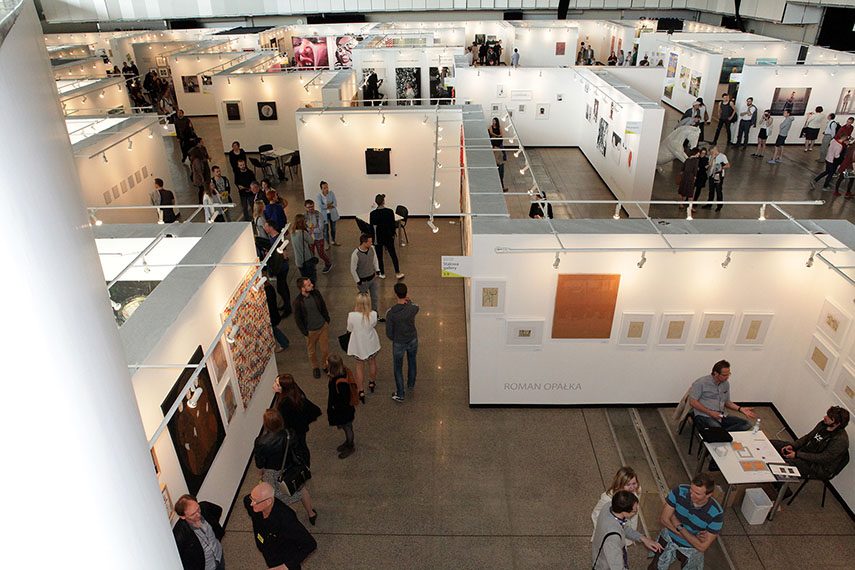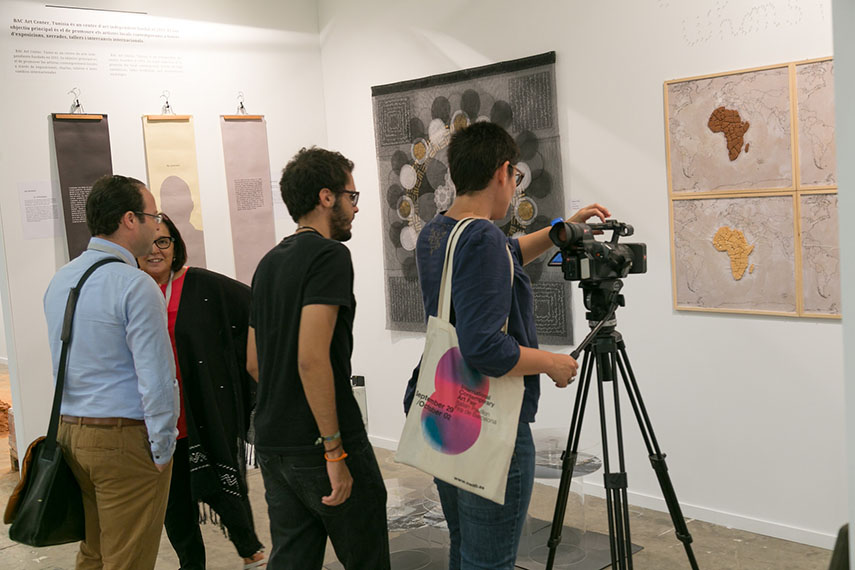[ad_1]
Art fairs have definitely grew into primary spots where the best, the most popular and the most wanted contemporary art can be found. They are good places for collectors to develop relationships with galleries and dealers, while for the galleries they are frequently the most lucrative venture comparing to the regular activities.
Opportunities of buying art are too many, so collectors, especially the aspiring ones, are advised to prepare well and take into consideration some tips. When we take a look upon the just finished the current state, it’s clear that more art does not necessarily mean more quality, so coming prepared is important.
Here are several crucial buying tips that explain how to approach buying art at an art fair.

Buying Art at Fairs – Come prepared
Before embarking on the art buying journey, research needs to be done. Learning about the exhibitors and the artists they represent, and taking the ones that respond well to the collector’s interests into consideration is the start. As is getting informed about the satellite events, because they can be interesting places to hear more about the current art market trends. For those not sure where to start – just Google them.
When the art fair is one of the biggest, such as the Art Basel, research may take some time. There are usually over 200 exhibiting galleries, but all of them are researchable through the website of the enterprise or individually. Learning about them revealed Gagosian is the place for Koons, while Helly Nahmad New York had the most amazing collection of Calder and a piece by Picasso.
Get to know people
Networking is probably THE most important aspect of any art fair. Having a good and trusting relationship with a gallery or a dealer may prove critical when building a collection. Collectors should find out which galleries at the fair of interest represent the artists they like or desire to purchase, make a plan and visit their booths.
Talking to gallerists is a great way of learning about the current scene.
From the most known, to the newcomers, galleries at Art Basel are many. Such a prominent fair is a good place to get the idea about the global art market and its leaders.

Curiosity
It may have killed a cat, but it will surely help a collection get a long living prospects. The initial idea should not be too strictly defined, while the mind is better kept open. Maybe there are other genres, ideas or concepts of collector’s interest, or new galleries that may draw their attention at a fair.
Evolving along with the collection and taste is essential, so a collection would grow to be dynamic and interesting. The truth is – ruling out can be missing out.
Although big names are usually featured most prominently, fresh faces are important as well. Art Basel hosts galleries from countries such as Poland, Korea, India or Greece, which allowed for more insight into what are still obscure or exotic art scenes.
Confidence and confidence
Collector is the client with the dough. Some famous galleries do appear quite snobby or hard to approach, but their pose should be not allowed to intimidate. They do not know a young collector’s name yet, but this may change.
Most of the galleries and dealers are generally quite open to new clients and happily discuss their roster, so talking to them is a good idea. Questions about the price and history of the piece should be asked freely, as this will help in putting the picture together about who is hot, who is sold and who is over.
Even if nothing is bought, the learning experience is valuable. In the end – negotiation is often normal and expected, because most gallerists leave a little room to talk about price.

Bring your Camera
Some booths don’t like it, but taking photographs of the art at an art fair is very important. It creates a personal collection of likes and dislikes, collecting style, and even prospective purchases. All the resources in researching the art scene are precious, so photographing works is not only OK, it’s advised. Art Basel is a good place to get snapshots and nobody will mind.
Relax and Take Pleasure in the Experience
There is no need to rush, to feel pressured to buy or to run around getting exhausted. Art fairs normally last more than one day, so there should be plenty of time to see everything.
Once the first explorative day is done, a return can be more useful and insightful, especially if there is another collector to talk about the experience with. Taking breaks and contemplating about pieces is just as important as the search itself, because this is the work of pleasure.
Featured image: Art Basel Hong Kong 2015, by Wing1990hk via Wikimedia Commons.
[ad_2]
Source link
